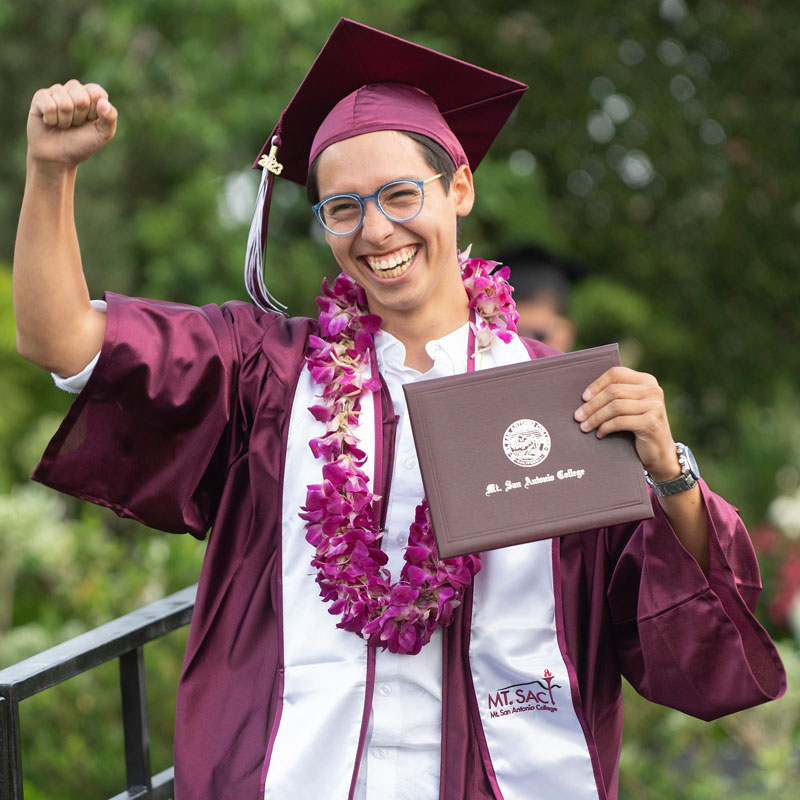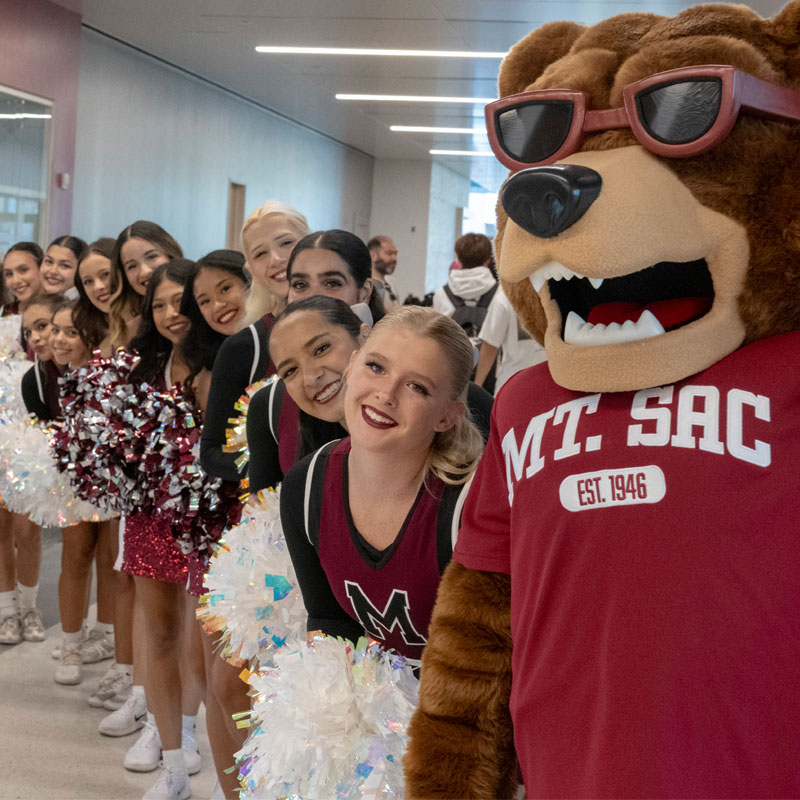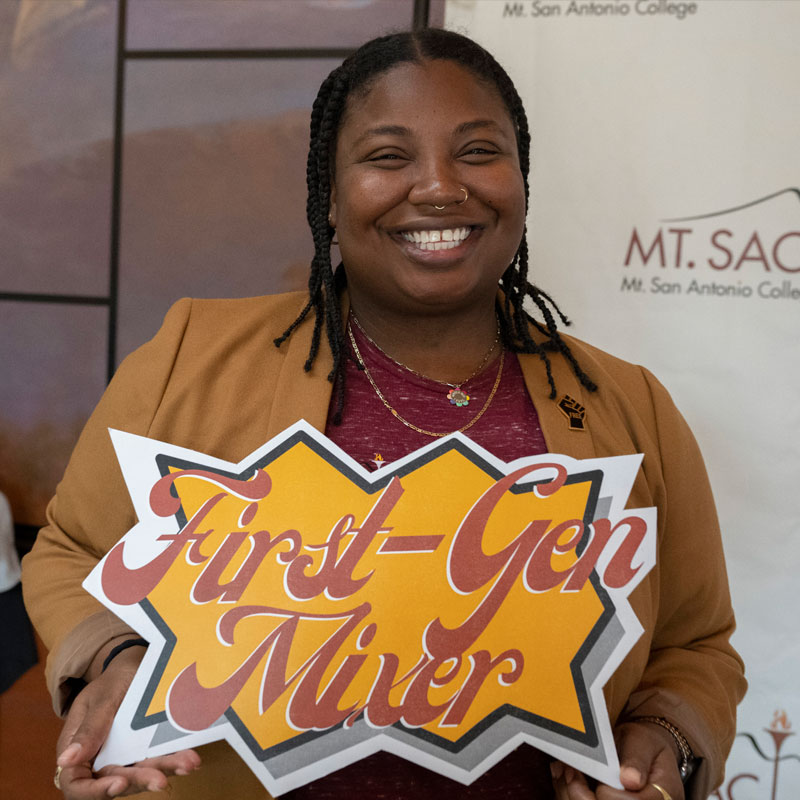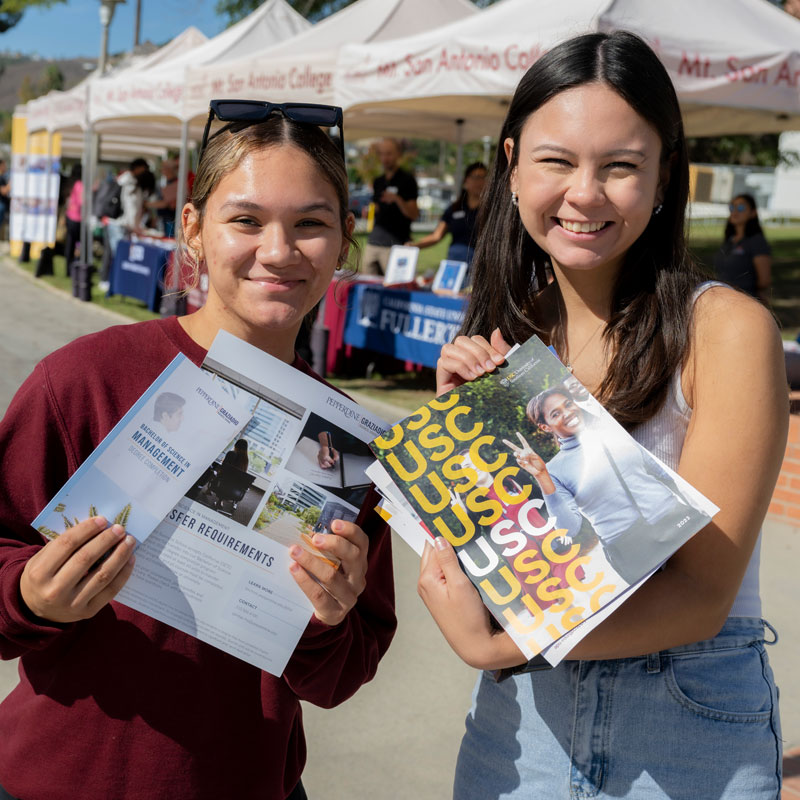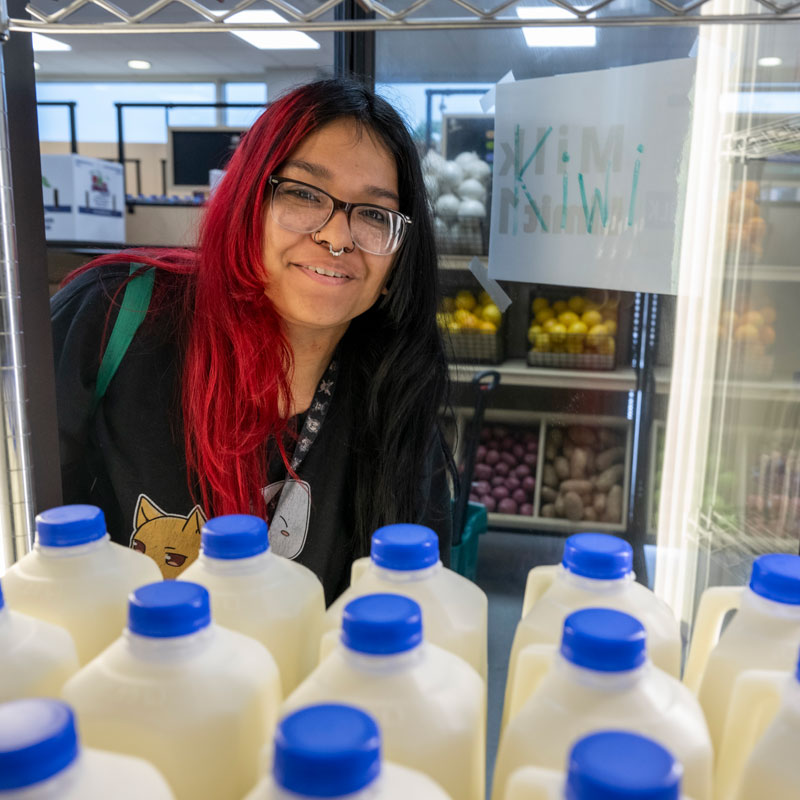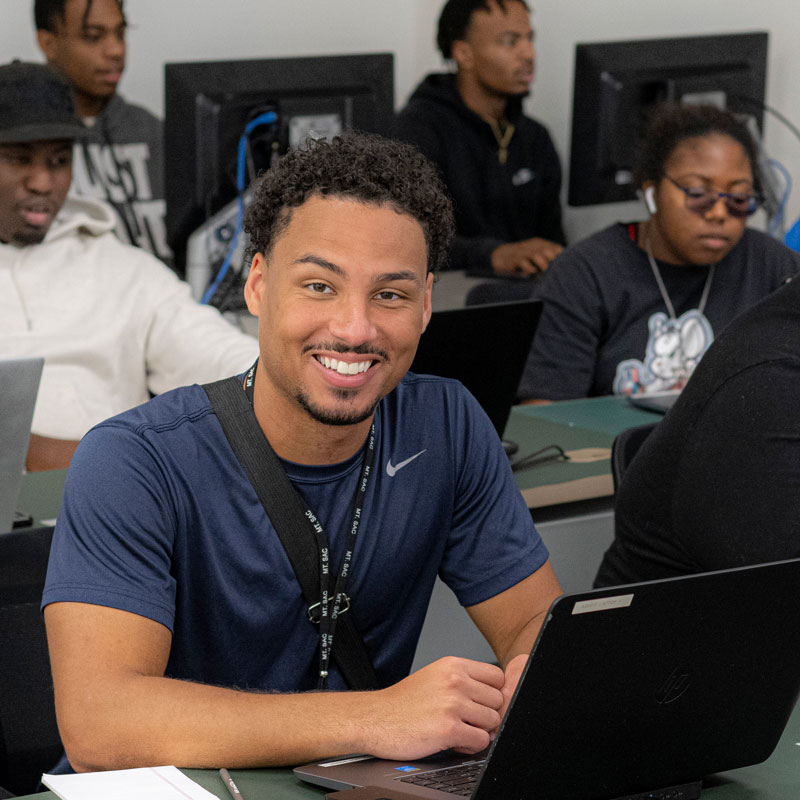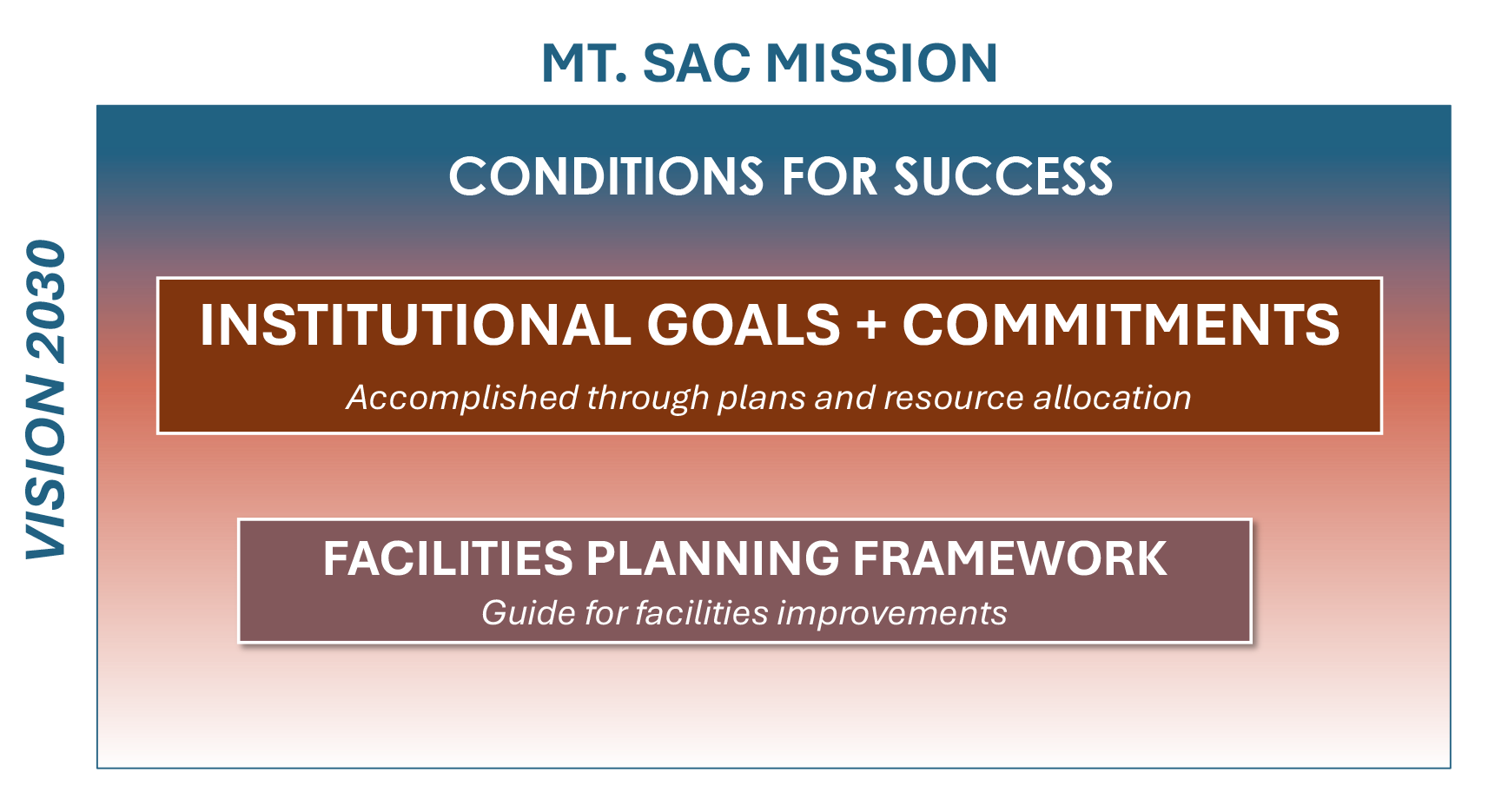Purpose
In alignment with AP3250, PAC convenes a Task Force to guide and support the research,
review, and development of the Educational and Facilities Comprehensive Plan, to be
recommended to PAC for consideration by Spring 2025. Task force updates to PAC will
be provided on a monthly or bi-monthly basis.
Deliverables
- Complete integrated planning training and recommend delivery method for campuswide
adoption of ongoing integrated planning training.
- Recommend a comprehensive plan development schedule such that the EFCP can be presented
to the Board for approval no later than June 25, 2025 that includes adequate opportunity
for campus, community, and participatory governance input.
- Develop the Comprehensive Plan utilizing Mt. SAC Mission, Vision and Values, Vision
2030, DEISA+, and healing centered engagement as the foundation, with alignment noted
throughout.
- Validate and recommend incorporation of applicable elements of the 2022-2025 Strategic
Plan, such that the comprehensive plan becomes the single overarching Mt. SAC integrated
planning document.
- Collaborate with the IEC to include integrated planning elements and identify governance
committees and college units responsible for implementing plan activities.
- In collaboration with IEC and Research and Institutional Effectiveness, create a recommendation
for methodologies and tools to be utilized for regular evaluation of progress toward
realization of the comprehensive plan and present to PAC for consideration. Catalog
data sources and collection methodologies used in the comprehensive planning process,
unit(s) responsible for data collection or maintenance, and the cycle for reporting.
- Review and recommend revisions as needed to BP3250 and AP3250 and identify and recommend
revisions to any other relevant BPs/APs (AP6610, etc) in alignment with Comprehensive
Plan as needed.
- Document lessons learned and recommendations for future EFCP task forces.
Member Commitment
- Prioritize attendance at Task Force meetings
- Attend professional development integrated planning training
- Support the EFCP Communication Plan
- Communicate discussion, decisions, and recommendations of the Task Force both formally
and informally to your constituency in a timely manner
- Review agendas, minutes, and supporting materials in advance of meetings. Gather input
from your constituency to report out at each Task Force meeting
- Engage in respectful discussion informed by a focus on the Mt. SAC Mission, Vision
and Values, Vision 2030, a DEISA+, and healing centered engagement
- Support agreed upon decision-making processes and respect and accept decisions using
these processes
2024-25 Initial Tentative Dates
- Tuesday, August 13th, 9 am – 12 pm: Task Force Kick-off and Training
- Friday, October 11th, Joint Planning Summit 8:30 am – 12:30 pm
First Fridays from 1-3 pm (
Listed current to past)
2025
- June 6, 2025
- May 2, 2025
- April 4, 2025
- March 7, 2025
- February 7, 2025
- January TBD, 2025
2024
- December 6, 2024
- November 1, 2024
- October 4, 2024
- September 6, 2024

